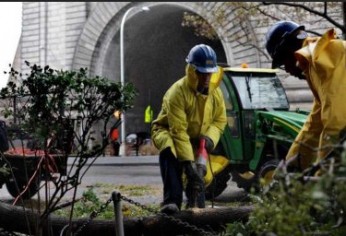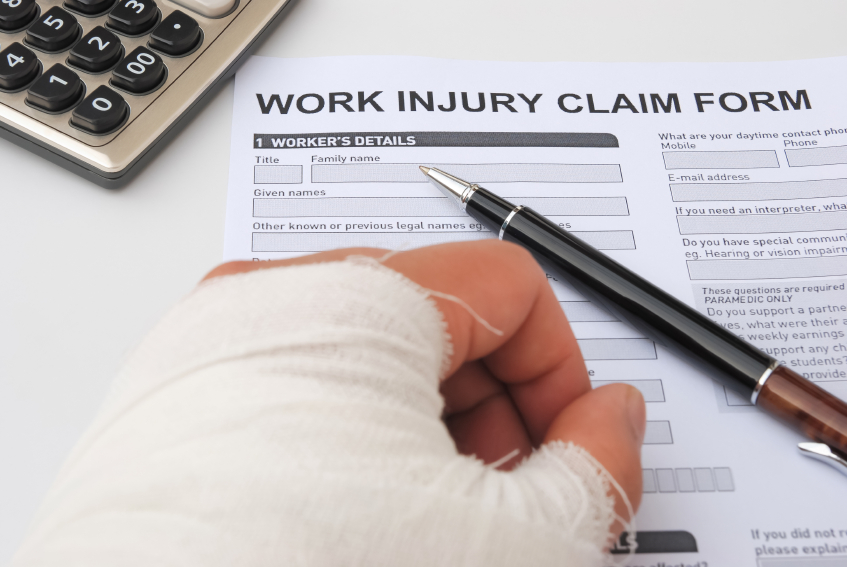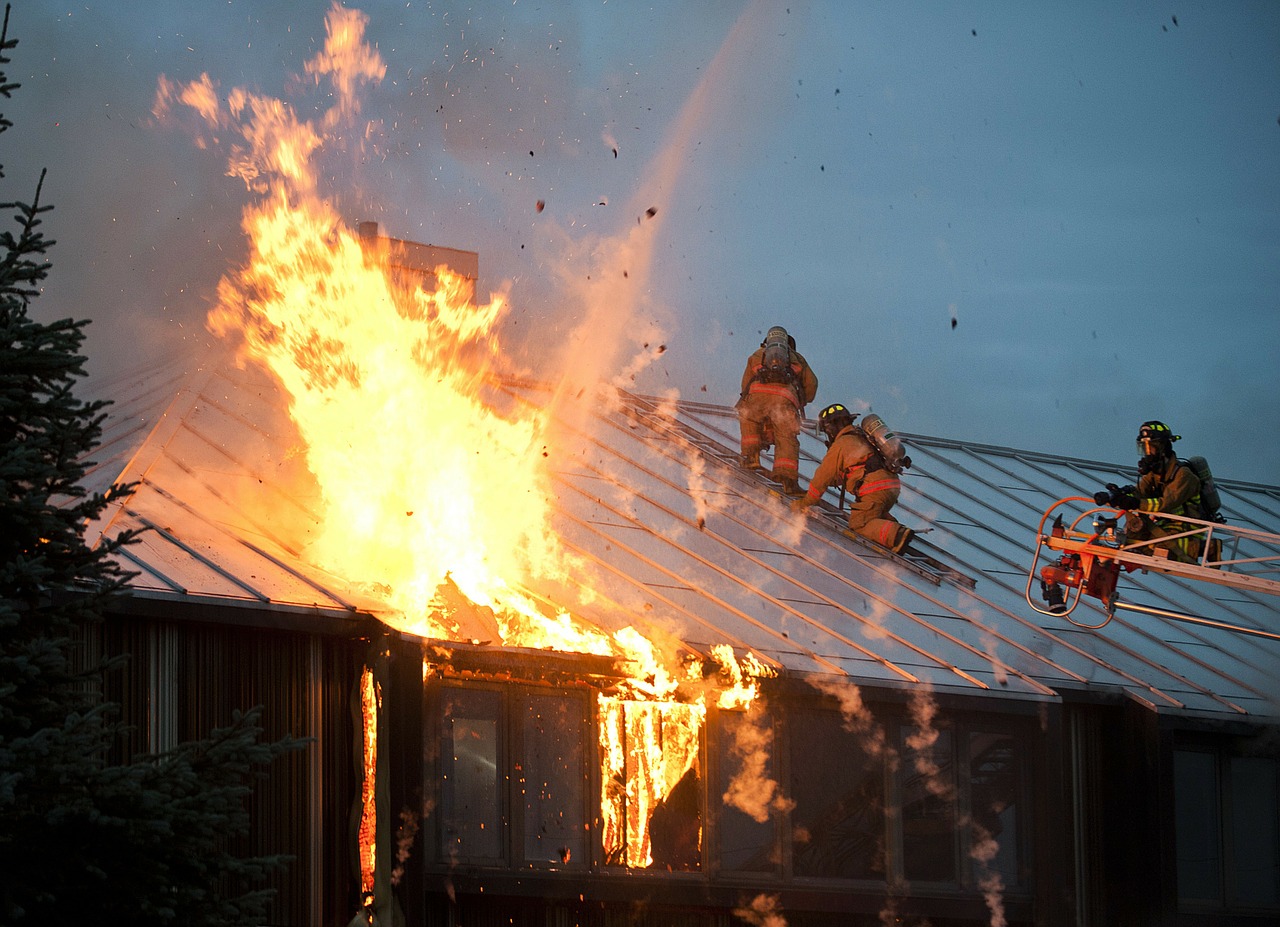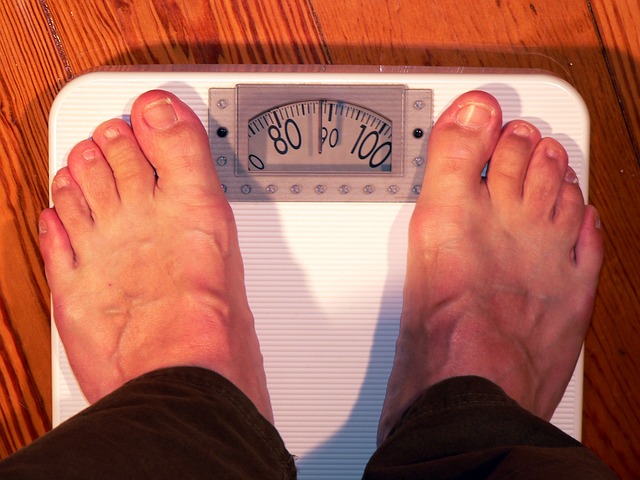The total cost of Superstorm Sandy’s damage on the East Coast are still unknown, with estimates of in excess of $50 billion in economic losses, and between $20-$25 billion in insured losses, according disaster-modeling company Risk Management Solutions. The human suffering and devastation, of course, is immeasurable with the death toll at about 160 and many having lost their homes and countless of businesses interrupted or lost. In fact, the Small Business Administration has issued more than 59,000 disaster-relief loan applications to affected businesses in New Jersey, New York, and Connecticut.
Now, clean-up crews are sifting through the destruction to help bring back neighborhoods and the homes, apartment buildings, restaurants, and other businesses that make up the fabric of these communities. With this come safety risks and exposures that workers must be aware of.
Some of these exposures include:
Crews working in flooded areas are usually dealing with water that has been contaminated. Once the water settles, sewage, debris, dead animals and dangerous objects can be found in it, resulting in serious infections if workers are cut. After walking through water, all workers should rinse and dry their feet as soon as possible. Additionally, antibacterial soap on cuts or scratches (for at least 30 seconds) or alcohol should be used.
Using generators, pressure washers and other large machines inside that are typically designated for outdoor use can create deadly levels of carbon monoxide in a closed environment if not properly exhausted to the atmosphere.
Of course, electrocution is a severe risk and all workers should avoid downed lines even if they don’t appear to be electrical. Although a damaged structure’s utilities will not be operational, active utility lines may still be connected to an alternate power source such as a portable generator.
Many of the destroyed buildings were old and constructed with asbestos. Consequently, large amounts of asbestos fibers may be released into the air, exposing workers to these fibers. Workers should wear disposable particulate masks and protective clothing.
Metal-contaminated soils are typical of old urban areas and construction lumber preserved with creosote, pentachlorophenol and arsenic. What’s more, you have to consider the presence of hazardous chemicals commonly stored in households and the fuel and motor oil from flooded automobiles. Workers should wear appropriate protective clothing and gloves.
Raw sewage as an uncontrolled biological waste from both human and animal sources and is an exposure for any one coming in contact with it. One can be exposed to bacteria such as salmonella; parasites; and viruses such as hepatitis A and hepatitis B. Anyone working in a flooded area should wash his or her hands prior to touching their face, eating or smoking. Workers should quarantine potentially contaminated clothing and assume anything touched by sewage is contaminated.
Great precaution should also be taken to avoid exposure to oil from oil slicks, flooded automobiles, fuel, and wastes floating or suspended in floodwaters.







